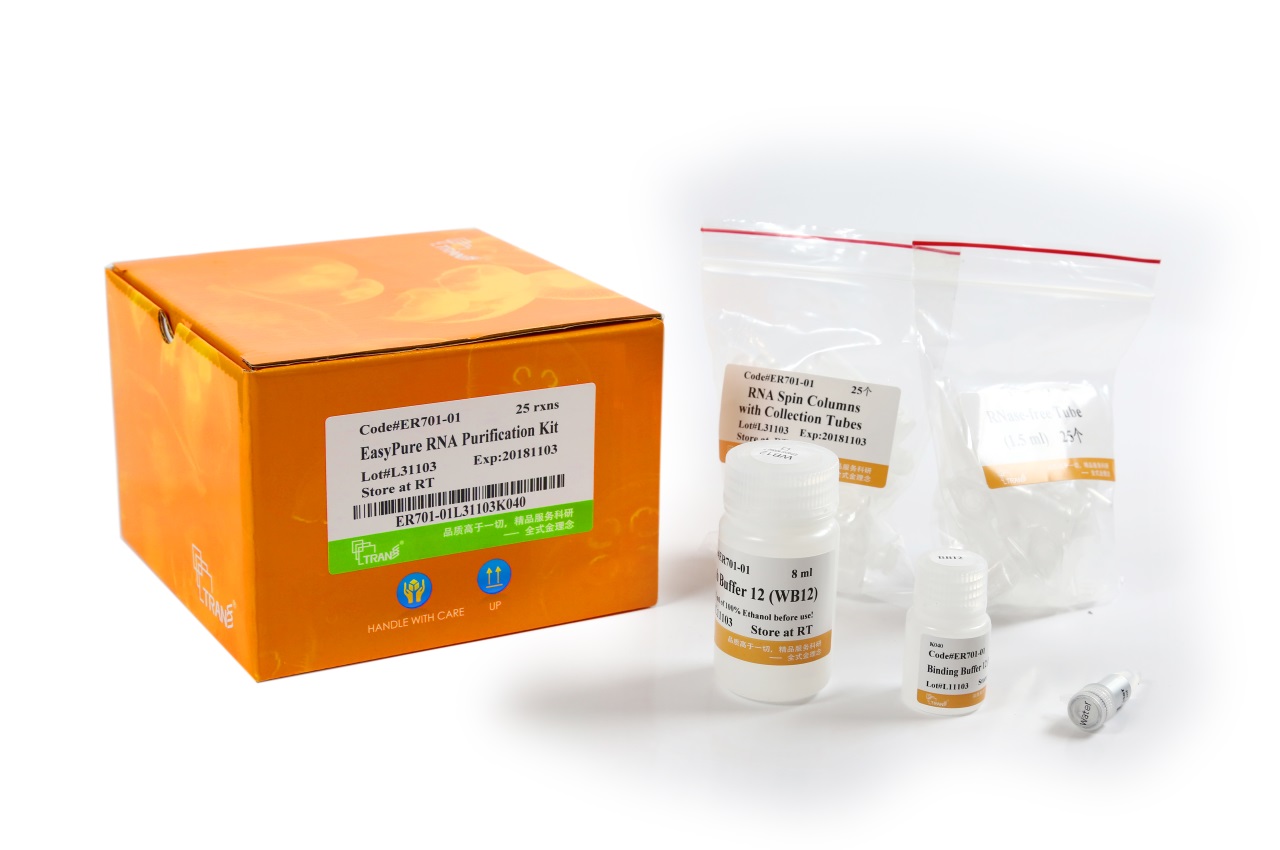Unlocking the Secrets of RNA: A Guide to Choosing the Best Purification Kit
RNA is a crucial molecule found within all living cells, playing a vital role in genetic expression and protein synthesis. When rna isolation kit comes to studying RNA, one of the essential steps is purification to isolate and extract high-quality RNA for downstream applications. Choosing the right RNA purification kit is key to obtaining reliable results in experiments such as gene expression analysis, RNA sequencing, and more. The market offers a variety of options, each with specific features and advantages tailored to different experimental needs. Thus, understanding the factors that determine the best purification kit for your research is paramount.
Types of RNA Purification Kits
There are various types of RNA purification kits available to researchers, each designed for specific applications. One common type is the spin column-based kit, which uses a silica membrane to bind RNA while contaminants are washed away. Another type is the magnetic bead-based kit, which relies on magnetic beads coated with a material that binds RNA selectively. Lastly, some kits utilize organic extraction methods combined with alcohol precipitation to isolate RNA from samples.
Factors to Consider When Choosing a Kit
When selecting an RNA purification kit, it is crucial to first consider the sample type you will be working with. Different kits are optimized for various sample sources, such as cells, tissues, or biological fluids. Ensuring that the kit is compatible with your specific sample type will help maximize the yield and purity of the RNA extracted.
Another important factor to keep in mind is the throughput requirements of your experiments. Depending on the scale of your research, you may need a kit that can accommodate high-throughput processing or one that is better suited for smaller-scale studies. By evaluating the throughput capacity of the kit, you can streamline your workflow and optimize efficiency in the RNA purification process.
Lastly, the level of purity and integrity of the RNA obtained from the kit is a critical consideration. Look for kits that include features such as on-column DNase treatment to eliminate genomic DNA contamination and ensure that the isolated RNA is high in quality. Choosing a kit that prioritizes RNA purity and integrity will ultimately lead to more reliable downstream applications and research outcomes.
Best Practices for RNA Purification
When choosing an RNA purification kit, it is essential to consider the RNA yield and purity required for your specific downstream applications. Different kits may offer varying levels of RNA recovery and quality, so selecting the best one for your needs is crucial. It is recommended to assess the efficiency of RNA isolation by performing quality control checks such as measuring RNA concentration and integrity post-purification.
Another important aspect to consider is the method of RNA purification employed by the kit. Depending on the sample type and desired RNA yield, different purification methods such as column-based, organic extraction, or magnetic bead-based kits may be more suitable. Understanding the advantages and limitations of each purification method will help in selecting the most appropriate kit for your RNA purification needs.

Lastly, following the manufacturer's protocol precisely is key to achieving optimal results when using an RNA purification kit. Any deviations from the recommended procedures could affect the quality and quantity of the isolated RNA. It is advisable to perform RNA purification in a clean and RNase-free environment to prevent contamination and ensure the integrity of the RNA extracted. By adhering to best practices in RNA purification, you can maximize the efficiency and reliability of your experimental results.